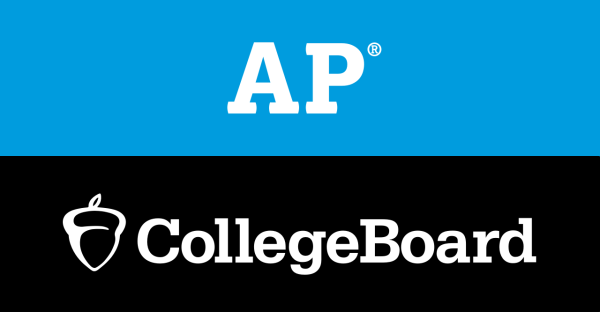Seeking alternatives: how the “new” SAT and ACT affect the “old” SAT
More and more students are opting out of the “old” SAT to take the seemingly easier “new” SAT or the ACT.
High school juniors typically worry about grades, GPA, and the SAT and ACT. The Students in the class of 2017, however, have the privilege of deciding whether to take the “old” SAT administered through January 2016, the new SAT that was rolled out on March 5, 2016, or the ACT, a test that has not been as popular in Pennsylvania.
The College Board has overhauled the SAT format. The reading and math sections remain, but the types of questions have changed. The reading section stresses understanding everyday words in their proper context. The math section focuses more on algebra, problem solving, and data analysis. Now, the written essay is optional, and there is no clear indication whether or not students should take this section. The maximum score is now 1600 and the essay, if taken, it will be scored separately.
National SAT/ACT prep firms such as The Princeton Review, Kaplan Test Prep, and Sylvan Learning have stated that the new SAT is now more similar to the ACT. Gone are the difficult, often unfamiliar vocabulary words of the old SAT. The multiple-choice answers are limited to four choices instead of five. There are also no more penalties for wrong answers on the SAT.
The format difference between the ACT and the SAT, as explained by Harvard Professor Andrew Ho, is that “the ACT has been much more tied to the high school curriculum, and the SAT had its historical roots in IQ-like tests.”
Furthermore, Professor Ho stated, “they are both trying to provide value to colleges and their admissions decisions, but they are both also increasingly trying to be valuable to students.”
Although the SAT is more popular on the East Coast, the number of students taking the ACT nationally has surpassed the SAT. According to edweek.org, 1.7 million students took the SAT and 1.92 million took the ACT in 2015.
Some states include ACT prep as part of the curriculum, and the ACT has contracts with some states to test all 11th graders during school time. Other states include SAT prep in their curriculum offerings, such as North Penn High School.
The PSAT is offered at various schools throughout the country during 10th and 11th grade.
According to Forbes.com, more than four million students – a record number – took the PSAT this past October. In 2005, the redesign and change in scoring from 1600 to 2400 maximum score hurt the SAT, and experts predict the 2016 change may again have a negative effect on the number of students taking the SATs.
From informal polling of fellow junior students, more students are taking the ACT this year even though students have to travel to neighboring school districts to take the test as it is not offered at North Penn.
Junior Katie McKenna, said, “I thought I’d give the ACT a try since I didn’t know what to expect from the new SAT.” Another student, Jenna Cohen, stated, “I’m only taking the ACT because I think it’s better to focus on just one test.”
Some students took the old SAT and do not plan on taking the new SAT while others are only sitting for the new SAT. Still other students are trying both formats of the SAT. The choices are enough to make heads spin.
Good luck to all fellow 11th graders whether taking the “old” SAT, the new SAT, or the ACT offered in April and June. Just think, though, after all of the stress of these tests is over, the next step is writing college essays and completing college applications.












